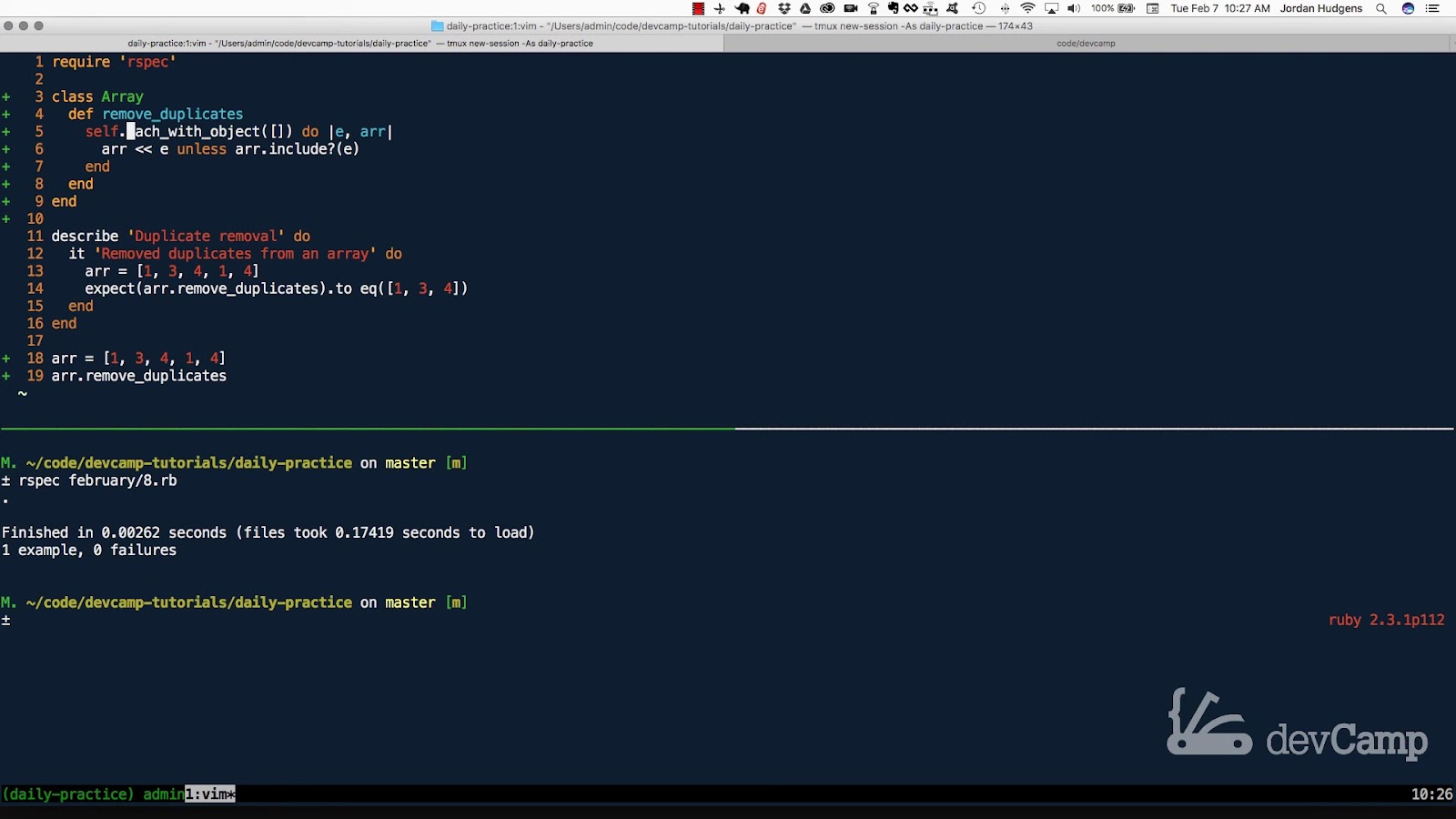As a developer, one of the most important tools you will use is your code editor or IDE (Integrated Development Environment). This is where you will spend most of your time writing, editing, and debugging code. Therefore, it is crucial to choose an editor that not only supports the programming language you are working with but also has features that make your coding experience more efficient and productive.
In this article, we will explore four popular Ruby IDEs and editors: Atom, VSCode, RubyMine, and VIM. We will discuss their pros and cons, as well as their unique features, to help you make an informed decision on which one to use for your Ruby development projects.
Atom Editor
Atom is an open-source code editor developed by Github. It supports multiple programming languages, including Ruby. However, since December 2022, Github has stopped development of Atom, making it no longer a recommended option for Ruby developers. Despite this, let’s take a look at its features:
Pros:
- Git integration: Atom has built-in support for Git, making it easy to manage version control for your projects;
- Code snippets: This feature allows you to save and reuse commonly used code snippets, saving you time and effort;
- Plugin support: Atom has a vast library of plugins available, including ones specifically for Ruby development, allowing you to customize your editor to suit your needs.
Cons:
- Performance issues: Atom can be slow when opening large files, which can be frustrating for developers working on complex projects.
VSCode Editor
VSCode is another popular open-source code editor, developed by Microsoft. It is based on the same GUI technology as Atom, but with additional features and improvements. Let’s take a closer look at what VSCode has to offer for Ruby developers:
Pros:
- Intellisense: VSCode has excellent auto-complete and code suggestion features, making coding faster and more efficient;
- Built-in terminal: The editor has a built-in terminal, allowing you to run commands and scripts without leaving the editor;
- Extensive plugin support: Similar to Atom, VSCode has a vast library of plugins available, including ones specifically for Ruby development.
Cons:
- Limited debugging capabilities: Unlike some other IDEs, VSCode has limited debugging capabilities, which may be a drawback for some developers.
RubyMine IDE
RubyMine is a commercial IDE developed by JetBrains. It is specifically designed for Ruby and Rails development and comes with a wide range of features to support this. Let’s take a closer look at what makes RubyMine stand out:
Pros:
- Advanced debugging: RubyMine has robust debugging capabilities, including breakpoints, step-by-step execution, and variable inspection;
- Code refactoring: This feature allows you to make changes to your code quickly and safely, ensuring that your code remains clean and maintainable;
- Built-in testing tools: RubyMine comes with built-in support for popular testing frameworks like RSpec and Cucumber, making it easier to write and run tests.
Cons:
- Cost: RubyMine is a commercial IDE, meaning you will have to pay for a license to use it, which may not be feasible for all developers;
- Steep learning curve: Due to its extensive features, RubyMine can be overwhelming for beginners, and it may take some time to get used to its interface.
VIM Editor
VIM (Vi IMproved) is a highly customizable text editor that has been around since the 1970s. It is a favorite among many developers due to its speed and efficiency. While it may not have all the bells and whistles of a traditional IDE, it is still a powerful tool for Ruby development. Let’s explore its features:
Pros:
- Speed: VIM is known for its speed and efficiency, making it an excellent choice for developers who value productivity;
- Customization: VIM is highly customizable, allowing you to configure it to suit your coding style and preferences;
- Built-in terminal: Similar to VSCode, VIM has a built-in terminal, allowing you to run commands and scripts without leaving the editor.
Cons:
- Steep learning curve: VIM has a steep learning curve, and it may take some time to get used to its keyboard shortcuts and commands;
- Limited debugging capabilities: Like VSCode, VIM has limited debugging capabilities, which may be a drawback for some developers.

Other Editors
Apart from the four IDEs and editors mentioned above, there are also other options available for Ruby development. These include Sublime Text, Emacs, and IntelliJ IDEA. While they may not be as popular as the ones we have discussed, they still have their unique features and advantages. It is worth exploring these options to find the one that best suits your needs and preferences.
Choosing the right Ruby IDE or editor depends on your personal preferences and the features that are most important to you. Some developers may prefer a lightweight and customizable editor like VIM, while others may opt for a more comprehensive IDE like RubyMine. Ultimately, it is essential to try out different options and see which one works best for you.
Below is a table summarizing the key features of each IDE/editor we have discussed in this article:
| IDE/Editor | Pros | Cons |
|---|---|---|
| Atom | Git integration, code snippets, plugin support | Performance issues with large files |
| VSCode | Intellisense, built-in terminal, extensive plugin support | Limited debugging capabilities |
| RubyMine | Advanced debugging, code refactoring, built-in testing tools | Cost, steep learning curve |
| VIM | Speed, customization, built-in terminal | Steep learning curve, limited debugging capabilities |
Conclusion
In conclusion, choosing the right Ruby IDE or editor is a personal decision that depends on your coding style, preferences, and project requirements. It is essential to consider factors such as plugin support, debugging capabilities, and cost when making your decision.
Remember, you can always switch to a different editor if you find that your current one is not meeting your needs. The most important thing is to find an editor that you are comfortable and productive with, allowing you to focus on what matters most – writing high-quality code.


